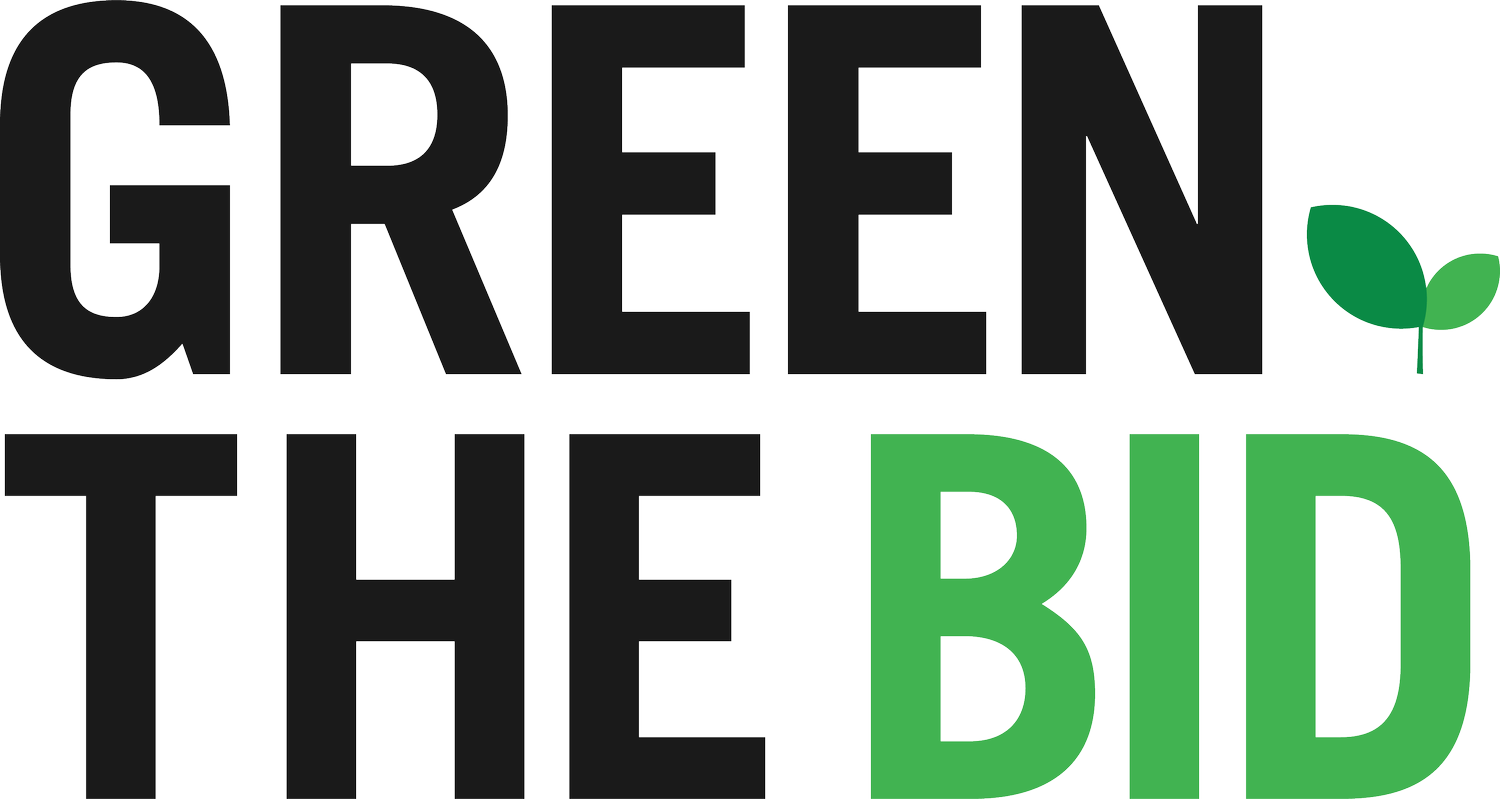Summer 2025 Member Meeting Recap
Green The Bid’s Summer 2025 Member Meeting featured a panel moderated by Co-Founder Michael Kaliski, with speakers Lucas Boubel, Carbon Manager at ECOPROD, Emily Plunkett Fleischer, U.S. Director at AdGreen, and Edward Vietez, CEO of Creast. Each presented an overview of the carbon calculators followed by a discussion about tools to support carbon reduction and the future of a low-carbon advertising industry.
ECOPROD is a French non-profit dedicated to providing free resources and training to advertising professionals for sustainable change. They introduced Carbon’Clap, an international collaborative, free calculator that measures audiovisual production carbon footprints. It is used by 7,000+ users and has 15,000+ production footprints measured. To use it, you simply create a free account and upload your production documents to report what activities generate the most carbon. From here, you can compare reports of different productions and plan for how to reduce your footprint in the future.
Creast is a Spanish company that allows clients to predict the environmental impact of production, reduce emissions with a sustainability plan, calculate the carbon footprint generated by activities, and certify projects or companies with sustainability standards. The platform uses AI to analyze uploaded invoices and documents to then generate a dashboard with statistics to calculate and compare projects. These reports are useful internally to reduce future carbon emissions, and externally to share with stakeholders when budgeting the sustainability on a brand project.
AdGreen is a sustainability company that provides a carbon calculator, services, training, resources, events, case studies, and data insights to the ad industry. Creating an account is free and offers two calculator options: An early insights feature to understand high carbon items and identify opportunities for reduction, as well as a final footprints option which allows users to track the actual carbon footprint of a project with a report that details the biggest impact areas.
All calculators are accessible globally, and while they are typically used by producers or consultants, they can be used by anyone. While gathering accurate data for calculation can be time-consuming, all three industry leaders emphasize the impact that these tools can make on reducing carbon emissions: following the adage, what is measured is managed.


